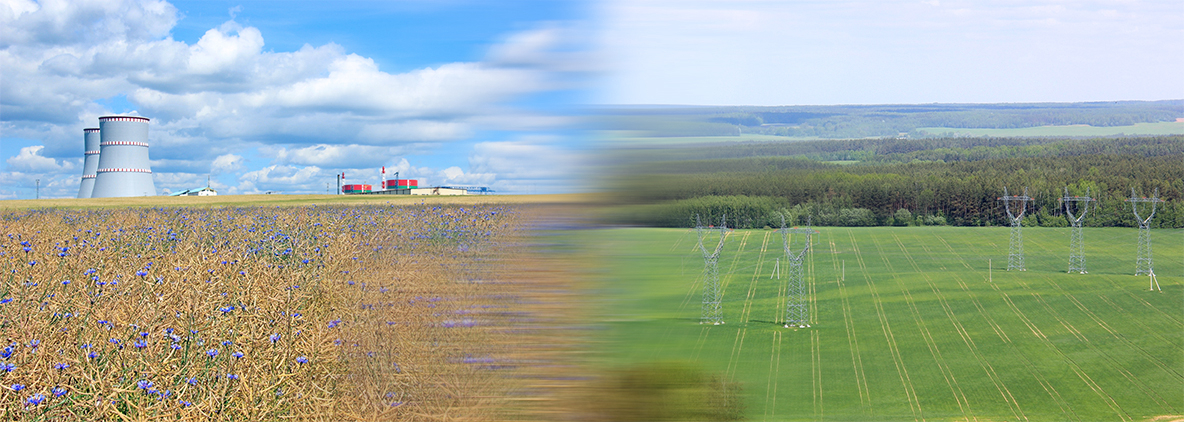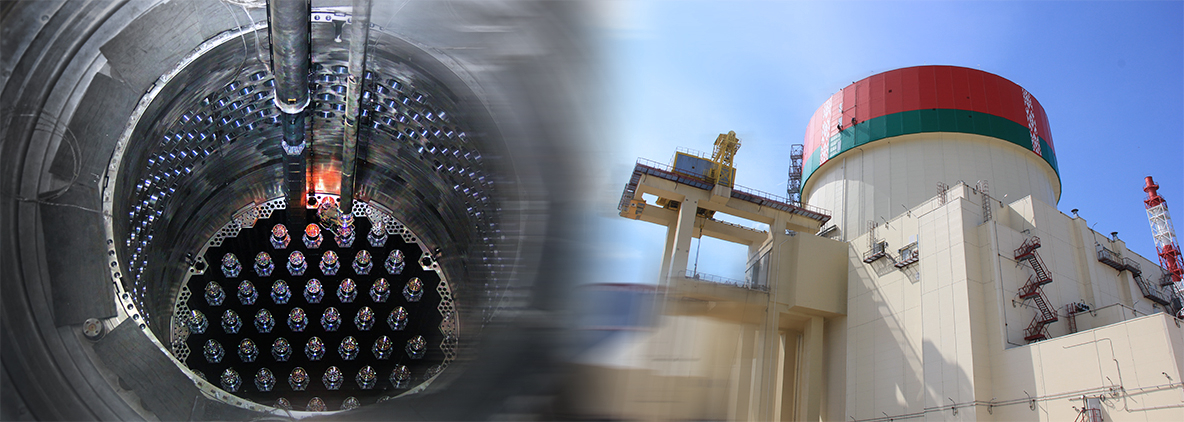“According to the results of the mission, there were seven recommendations and five good practices that other countries can use when creating infrastructure,” Mikhail Chudakov noted.
Good practices have been highlighted in areas such as coordination of programs and projects, the use of independent expert reviews, cooperation with regulatory authorities of other countries, interaction with international stakeholders and emergency preparedness.
Mikhail Chudakov thanked Belarusian government and ministries for their open interaction with the IAEA and the invitation of a number of agency missions that are voluntary. He noted that Belarus opened the results of these missions to the public.
During a trip to Belarus, the IAEA Deputy Director General visited the construction site of the NPP in Ostrovets. “I am sure that Belarus will be able to operate the station reliably and safely,” he said.
As Deputy Energy Minister of Belarus Mikhail Mikhaduk explained, the recommendations of the mission relate to improving the development of the national nuclear energy infrastructure in some areas. For example, since 2020, BelAES has been transferred to Belenergo, so recommendations are given on how to build the relationship between Belenergo and the operating organization. The recommendations apply to maintenance and repair of the plant.
The IAEA’s Integrated Assessment of the Development of the National Nuclear Energy Infrastructure (INIR 3) mission was operating in Belarus from February 24 to March 4. The panel included one expert from Algeria, two experts from the UK, and seven IAEA staff. Experts analyzed the infrastructure in all 19 areas of its development, indicated in the agency’s document for newcomers to nuclear energy - Milestones. This mission was the second INIR mission in Belarus.
During the mission, a report prepared by Belarusian side on the development of all areas of nuclear infrastructure was reviewed, meetings were held in the format of interviews with Belarusian experts in each of these areas. Representatives of the Ministry of Energy, the Ministry of Emergencies, the Ministry of Foreign Affairs, the Ministry of Natural Resources, the Ministry of Education, the Ministry of Health, the Joint Institute for Energy and Nuclear Research - Sosny of the National Academy of Sciences of Belarus, SPA Belenergo, and Belarusian NPP took part in the activities of the INIR 3 mission.
Belarusian nuclear power plant with two VVER-1200 reactors with a total capacity of 2,400 MW is being built under Russian project near Ostrovets (Grodno region). The general contractor is the engineering division of state corporation Rosatom (ASE). The commissioning of the first power unit is scheduled for 2020, the second - in 2021.






























